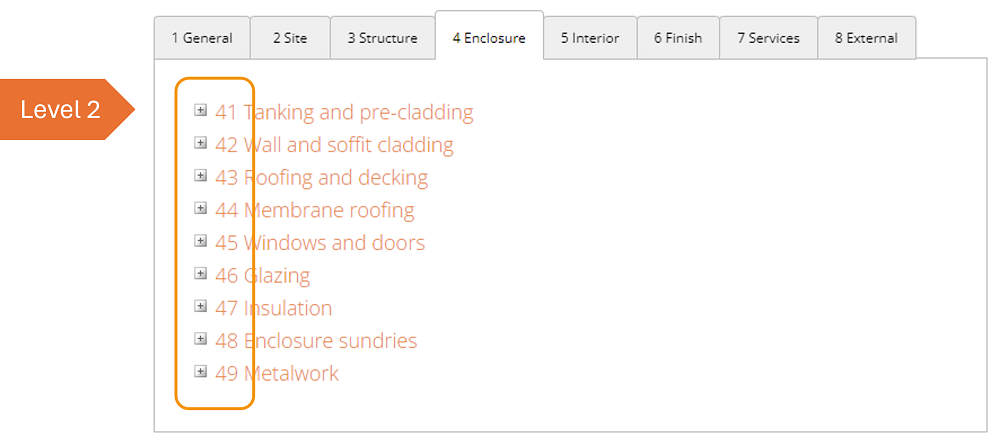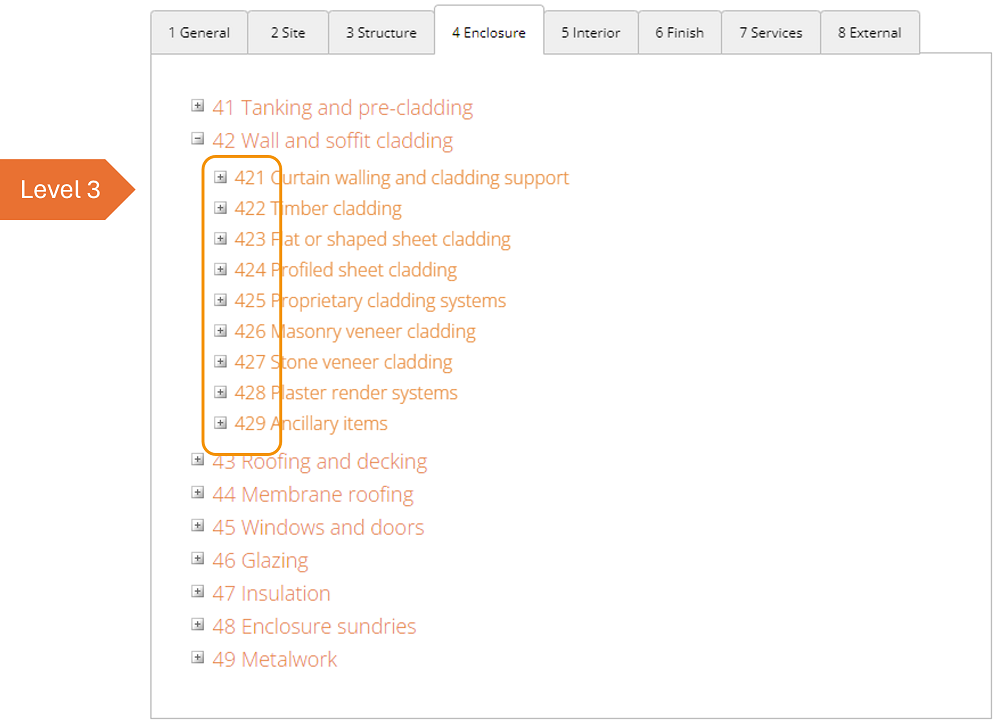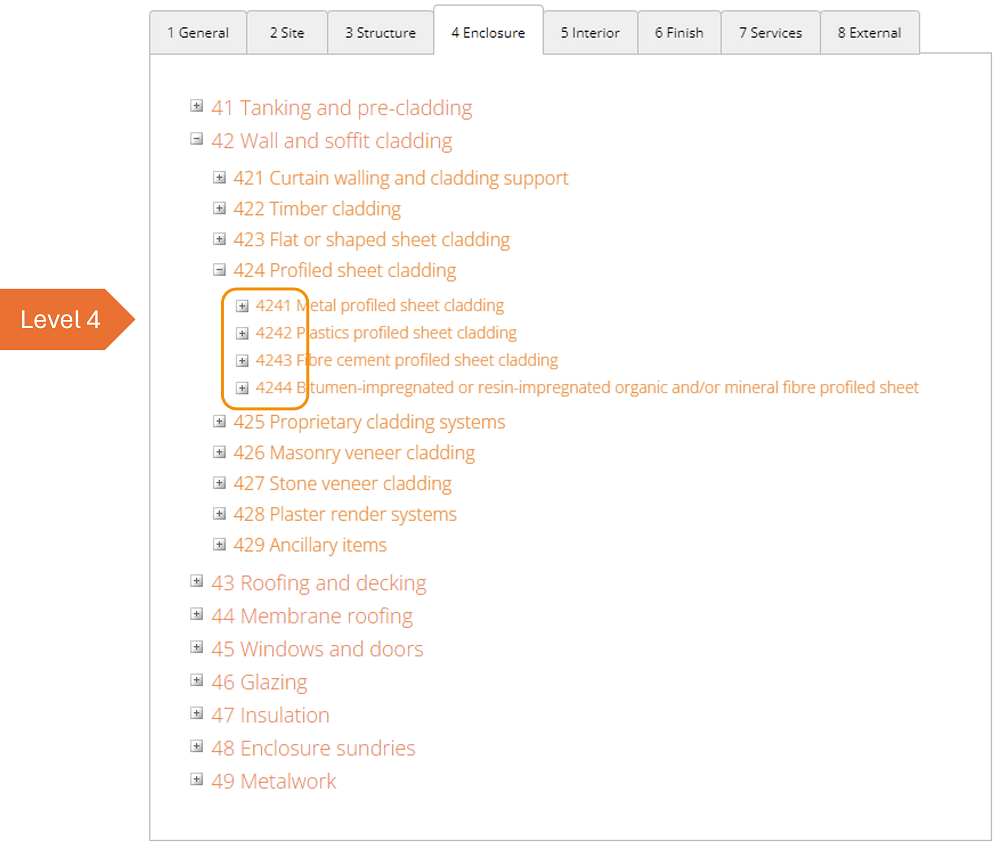CBI Overview
CBI - Co-ordinated Building Information system
The classification and coding system for the New Zealand construction industry.
CBI (Co-ordinated Building Information) is a classification system designed by and for members of the construction industry, to co-ordinate the five main information sources essential to a project, which are: drawings, specifications, quantities, technical and research information, & trade information and publications. CBI is based on the European CAWS (Common Arrangement of Work Sections) system (developed to replace CI/Sfb) and the ISO-sponsored Uniclass project. However, CBI also:
- takes account of the local construction industry's customs and practices
- is numeric
- is able to be operated at up to four levels

These 8 classes represent the fundamental subdivisions of the building industry. Below are 3 further levels:
Each Level 1 class contains up to nine groups of the fundamental subdivisions of the building industry. For example:

Each Level 2 group contains up to nine groups. For example:

Each work section is a defined amount of building work, generally representing a subcontract "package". For example:

Finding your way
Finding your way through the CBI system is logical as 1, 2, 3, 4.
A logical slot is allocated for each part of a construction project, at whatever level of detail is considered appropriate. For specifications Level 4 - Work sections , is the most appropriate level for larger projects; Level 2 for simpler, less complex projects. For a small construction library Level 2 might be more appropriate. For a Schedule of Quantities either Level 2 or Level 4 might be chosen depending on project type, complexity, or tendering format. Level 3 is not often used as it is considered as a transitional step to level 4.
A work section is not a new concept, but was developed (from the European model) to more accurately represent common construction units than traditional trade-based classifications. The resulting divisions, although generally smaller in individual range, follow a similar pattern and order to a traditional set of construction documents.
CBI does not reinvent the wheel, it merely adjusts the size and pitch to better suit current construction practice.
Acknowledgements
CBI was originally published in April 1997 by the Association for Co-ordinated Building Information in New Zealand (ACBINZ). ACBINZ was established in 1988 by NZIA, NZIQS, RMBF and ACENZ. These were later joined by BRANZ, SNZ, BOMA, IPENZ and NZIOB. These 9 bodies represent all facets of the building industry.
© Copyright by Construction Information Limited 2025
PO Box 108 214, Auckland, New Zealand.
masterspec.co.nz